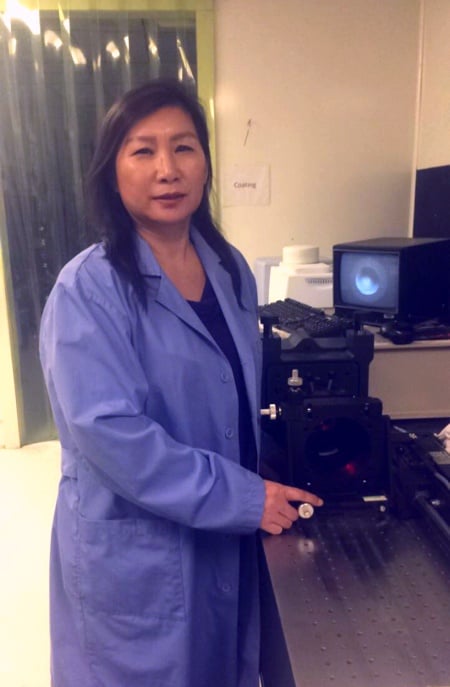Generally speaking, a "large" optic is anything with dimensions exceeding 10 cm. Designing a large optical system is not intrinsically harder than designing a smaller system, but the stakes are higher. The classic example of a large optics project gone wrong is the Hubble Space Telescope, in which an error in metrology resulted in a mirror that was made "exactly wrong" to very high precision.
Keep in mind that, when designing a system that includes large optical elements, the effects of the usual cost factors increase and some new factors appear. The following design points will help.
Read More >












